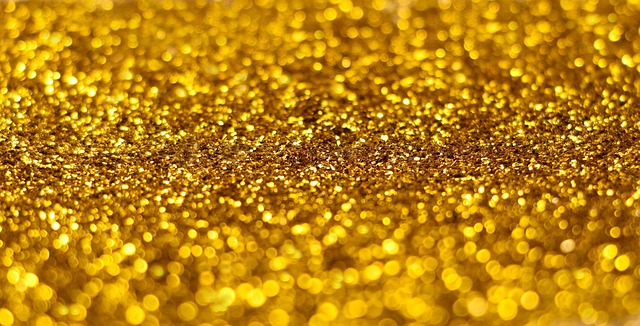Overview of Gold Chloride
Gold chloride, also known as auric chloride, is a chemical compound with the molecular formula AuCl₃. It is an important gold-based compound used in various industrial and scientific applications, particularly in electronics, catalysis, and material science.
Chemical and Physical Properties
– CAS Number: 16961-25-4
– Molecular Formula: AuCl₃
– Molar Mass: 303.32 g/mol
– Appearance: Reddish-brown crystalline solid
– Solubility: Soluble in water, ethanol, and organic solvents
– Stability: Sensitive to heat and light; decomposes at high temperatures
Industrial and Scientific Applications
Gold chloride has a wide range of applications, particularly in high-tech and scientific fields.
1. Gold Plating and Electroplating
One of the most common uses of gold chloride is in the electroplating industry. It serves as a precursor in gold plating solutions, which are used to coat surfaces with a thin layer of gold. This process is widely applied in:
– Electronics (e.g., circuit boards, connectors, and semiconductor components)
– Jewelry and decorative applications
– Medical devices requiring biocompatibility
2. Catalysis in Chemical Reactions
Gold chloride is an important catalyst in chemical reactions, particularly in organic synthesis and industrial chemistry. It facilitates reactions such as:
– Hydrochlorination of acetylene to produce vinyl chloride (a precursor for PVC production)
– Oxidation and reduction reactions in fine chemical synthesis
– Nanoparticle synthesis for catalytic applications
3. Nanotechnology and Material Science
Gold chloride is a key precursor in the synthesis of gold nanoparticles. These nanoparticles have significant applications in:
– Electronics and sensor technology
– Biomedical imaging and drug delivery systems
– Photothermal therapy for medical treatments
4. Staining and Analytical Chemistry
Gold chloride is used in microscopic staining techniques, particularly in:
– Biological and histological staining to enhance visualization of cellular structures
– Metallographic analysis to study microstructures of metals and alloys
– Detection of specific compounds in chemical analysis
5. Photography and Gold Toning
Historically, gold chloride was used in photographic toning processes. It was employed to enhance the durability and aesthetic quality of black-and-white photographs, giving them a warmer tone and increasing their longevity.
Safety and Handling
Gold chloride is a hazardous material that should be handled with care:
– Toxicity: Can cause irritation to the skin, eyes, and respiratory system
– Reactivity: Can react with reducing agents and strong bases
– Storage: Should be kept in a cool, dry, and light-protected environment
Conclusion
Gold chloride (CAS: 16961-25-4) is a valuable compound with significant applications in industrial chemistry, electronics, catalysis, and nanotechnology. Its role in material science and analytical techniques highlights its importance in modern scientific advancements. As research continues, new potential uses for gold chloride may emerge in innovative fields.
City Chemical LLC is a top producer of chemicals like: Gold Chloride (CAS #: 16961-25-4).
Visit City Chemical at www.citychemical.com.

